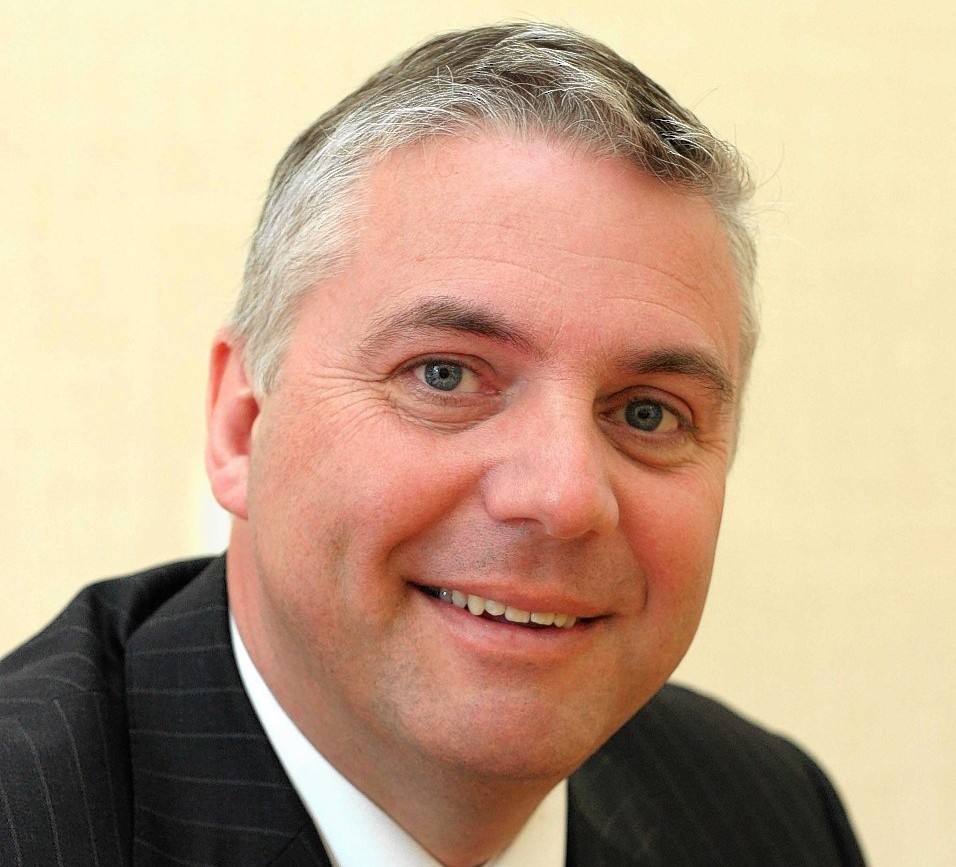The Accountant in Bankruptcy (AiB), the Scottish agency that deals with personal insolvency,has revealed that the organisation holds £19.2million lying unclaimed by businesses.
The level of funds were disclosed in the AIB’s annual report for 2014
Matt Henderson, Head of Restructuring at accountancy firm Johnston Carmichael, claimed it is unusual that such a large amount of funds should lie unclaimed at a time when there is so much financial pressure within businesses in Scotland.
Mr Henderson said: “Many businesses were unaware of the process in claiming these funds and there should be a greater awareness of the amount that is lying unclaimed as many companies simply give up on being paid if a customer goes bust.
“Insolvency practitioners put in a lot of effort to recover money which is then available for creditors, but sometimes those who should be receiving a return fail to answer correspondence, and so amounts that should be paid out are left undistributed.
“My advice to any company which is due money from a failed business is to take the time to complete the formal documentation and to keep in regular contact with the insolvency practitioner. Like many insolvency practitioners, I find it very frustrating when businesses don’t collect the amounts which are due to them.”
“While the AiB claims it is taking a more proactive approach in reducing the flow of consignations, the onus remains on businesses to pursue this money. Companies should speak to their accountant or business adviser to agree the best course of action.”
Earlier this week data from AiB showed that the number of Scottish firms becoming insolvent or entering receivership had fallen 16.4% in the most recent quarter on the prior quarter, and was 22% lower on the same period last year.
The agency also said that the number of Scots going bankrupt is at its lowest level for more than six years.
Personal insolvencies, which include both bankruptcies and protected trust deeds (PTDs), fell year-on-year by 12.5% in the last quarter.
A total of 2,991 personal insolvencies were recorded during the period.
There were 1,654 awards of bankruptcy, which was down by 5.8% on the previous quarter.
It represented the lowest number of bankruptcies since April 2008.
